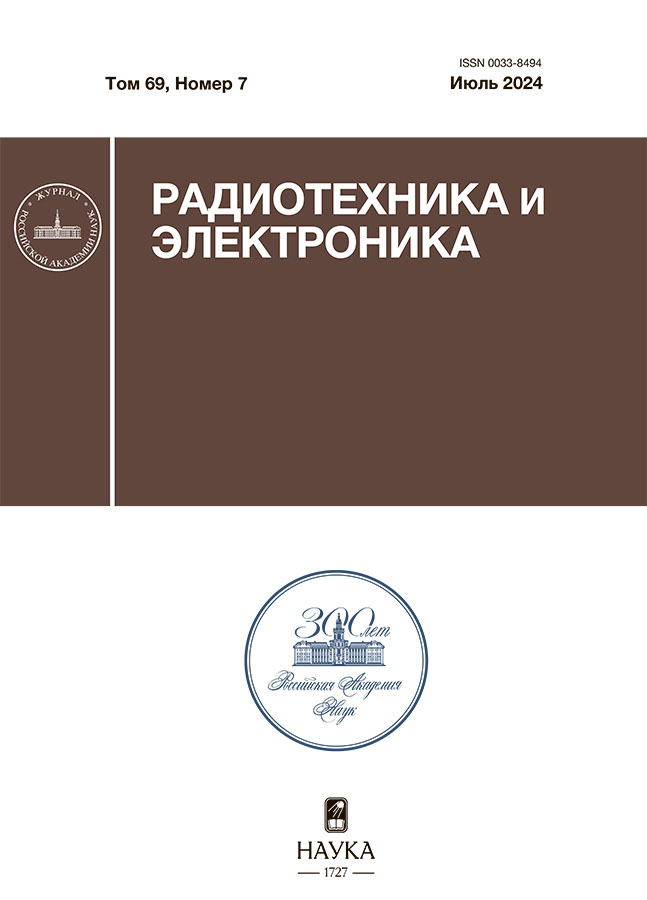Dynamics of dimensional resonance of intrinsic picosecond emission in the heterostructure of AlxGa1-xAs–GaAs–AlxGa1-xAs, in which this emission induces a photonic crystal and oscillations of electron population
- Authors: Ageeva N.N.1, Bronevoi I.L.1, Krivonosov A.N.1
-
Affiliations:
- Kotelnikov Institute of Radioengeneering and Electronics, Russian Academy of Sciences
- Issue: Vol 69, No 7 (2024)
- Pages: 678-685
- Section: PHYSICAL PROCESSES IN ELECTRONIC DEVICES
- URL: https://ruspoj.com/0033-8494/article/view/681465
- DOI: https://doi.org/10.31857/S0033849424070106
- EDN: https://elibrary.ru/HYQSTR
- ID: 681465
Cite item
Abstract
A correlated effect of the size resonance on the parameters of the pulse envelope of the spectral component of stimulated picosecond emission of the AlxGa1-xAs–GaAs–AlxGa1-xAs heterostructure has been discovered. This emission induces a Bragg grating of electron population in the active region of the GaAs layer, making the region a photonic crystal, and excites population oscillations over time. It has been established that the new type of size resonance studied is most often a consequence of the law of minimum dissipation.
Full Text
About the authors
N. N. Ageeva
Kotelnikov Institute of Radioengeneering and Electronics, Russian Academy of Sciences
Email: bil@cplire.ru
Russian Federation, Mokhovaya st., 11, build. 7, Moscow, 125009
I. L. Bronevoi
Kotelnikov Institute of Radioengeneering and Electronics, Russian Academy of Sciences
Author for correspondence.
Email: bil@cplire.ru
Russian Federation, Mokhovaya st., 11, build. 7, Moscow, 125009
A. N. Krivonosov
Kotelnikov Institute of Radioengeneering and Electronics, Russian Academy of Sciences
Email: bil@cplire.ru
Russian Federation, Mokhovaya st., 11, build. 7, Moscow, 125009
References
- Агеева Н.Н., Броневой И.Л., Кривоносов А.Н. // ЖЭТФ. 2022. Т. 162. № 6. С. 1018.
- Агеева Н.Н., Броневой И.Л., Кривоносов А.Н. и др. // ФТП. 2005. Т. 39. № 6. С. 681.
- Агеева Н.Н., Броневой И.Л., Кривоносов А.Н. // РЭ. 2024. Т. 69. № 2. С. 187.
- Агеева Н.Н., Броневой И.Л., Кривоносов А.Н. // РЭ. 2023. Т. 68. № 3. С. 211.
- Агеева Н.Н., Броневой И.Л., Забегаев Д.Н., Кривоносов А.Н. // ЖЭТФ. 2013. Т. 144. № 2. С. 227.
Supplementary files


















